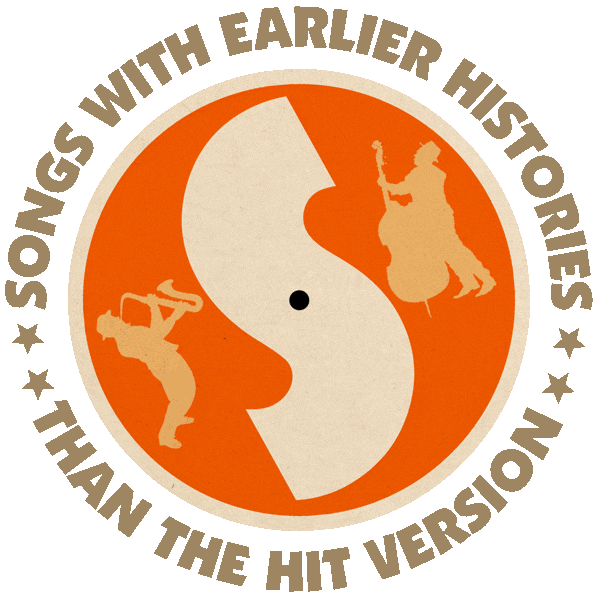First hit version (as “Der Frohliche Wanderer”) by The Obernkirchen Children’s Choir (UK #2 1954).
Other hit version by Frank Weir & His Saxophone, Chorus and Orchestra (US #4/UK #12 1954), Henri René & His Musette Orchestra (US #8 1954).
From the wiki: “‘The Happy Wanderer’ (‘Der fröhliche Wanderer’ or ‘Mein Vater war ein Wandersmann’) was first written as poetry by Florenz Friedrich Sigismund (1788-1857). The present tune was composed by Friedrich-Wilhelm Möller shortly after World War II. It is often mistaken for a German folk song, but it is actually an original composition.
“Friedrich-Wilhem’s sister, Edith Möller, conducted a small amateur children’s and youth choir in Schaumburg County, Northern Germany, internationally named Obernkirchen Children’s Choir, and adapted Sigismund’s words for her choir. The amateur choir, many of whose original members were war orphans, turned into an unlikely international phenomenon in the following years.
“In 1953 a BBC radio broadcast of the choir’s winning performance at the Llangollen International Musical Eisteddfod turned the song into an instant hit. On January 22, 1954, the song entered the UK singles chart and stayed on the chart—only a Top 12 at the time — for 26 non-consecutive weeks, peaking at #2 (for five consecutive weeks).

